Spring-Flowering Bulb Planting Guide
SPRING BULB PLANTING GUIDE
While most of us are just starting bring out our fall décor and adorn our porches with mums, pumpkins, and pansy planters – it’s time to be “thinking spring,” too! When it comes to some of your favorite spring bloomers, the time to plan for them AND plant them is in the fall, believe it or not. While the bags and boxes of daffodils, irises, hyacinths, and tulips don’t look like much now, you won’t be sorry you took a break from raking leaves this fall to drop a few in the ground. When spring rolls around, those rather plain bulbs* will announce the arrival of spring as they burst from the ground with color.
*The word ‘bulb’ is often used interchangeably to describe plants that grow from bulbs, rhizomes, tubers, and corms. For the purposes of this article, we’ve included flowers that bloom from things other than bulbs as well.
CHOOSING BULBS
Your first choice should be bulbs that are large, unblemished, and feel heavy for their size. Bigger, heavier bulbs store more energy to produce larger, more abundant flowers. Bulbs with a few blemishes will generally produce nice flowers as well. However, avoid bulbs that are lightweight, dry, or shriveled. These have lost their moisture, and they generally do not recover. Soft spots in bulbs are usually a sign they are rotting, so avoid them as well.
CHOOSING THE RIGHT TOOLS
SPRING BULB GROWING TIMELINE
SOIL KNIFE
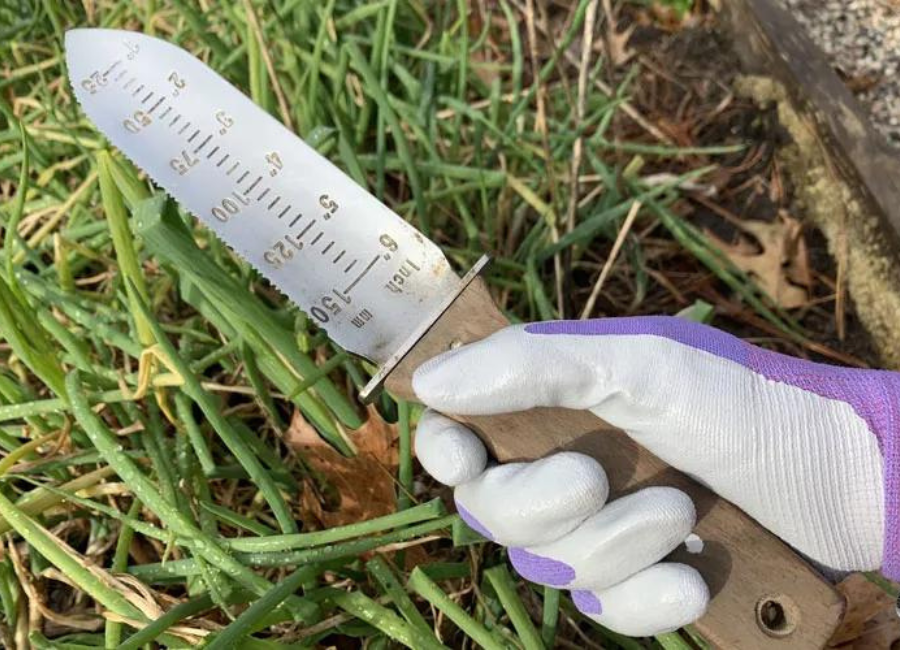
If you’re just planting a few bulbs, smaller bulbs, and/or have loose soil, a soil knife is usually adequate to get the job done. Soil knives also work well when you are trying to plant in tighter spaces. (If you plant pansies early, for example, but you want to fill back in with some bulbs between them at a later date, a soil knife will work nicely.)
BULB AUGER
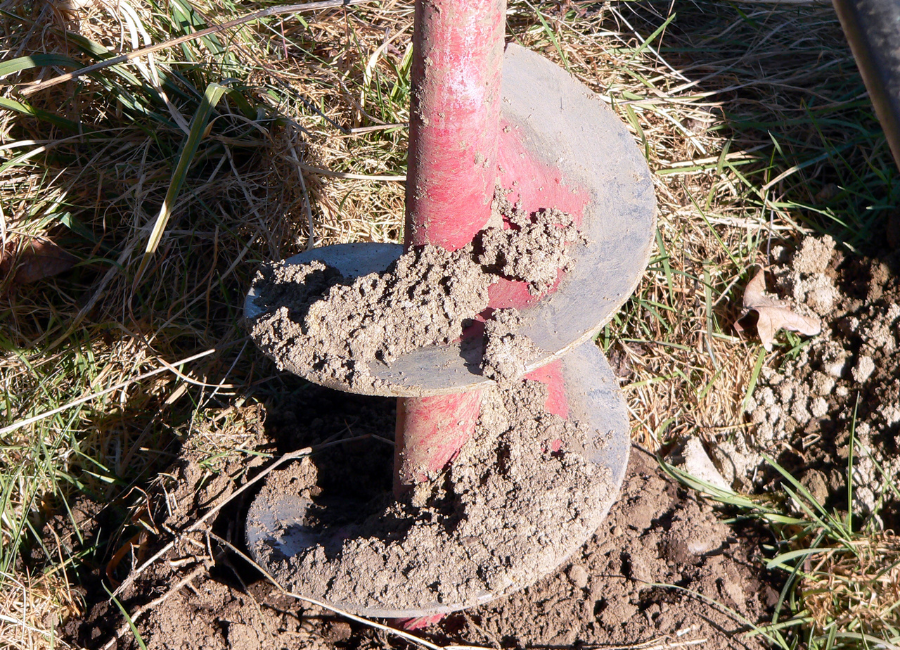
Bulb planting augers are so handy and quick – we think everyone should have one! They are perfect for planting bulbs in tougher soils and less populated beds where there isn’t as much concern for existing plants.
SHOVEL
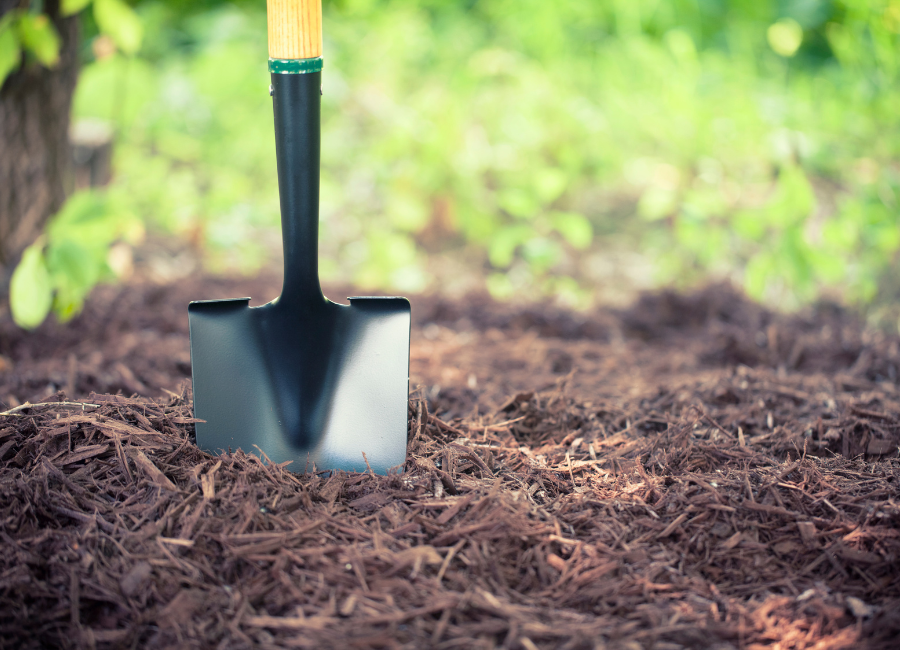
When you’re long on bulbs and want to make quicker work of it, a shovel is your best bet for getting your bulbs in the ground. Digging out a trench for many bulbs will be much quicker than dropping them into the ground one by one.
BLOOMS EARLY SPRING
BLOOMS MID-SPRING
BLOOMS LATE SPRING
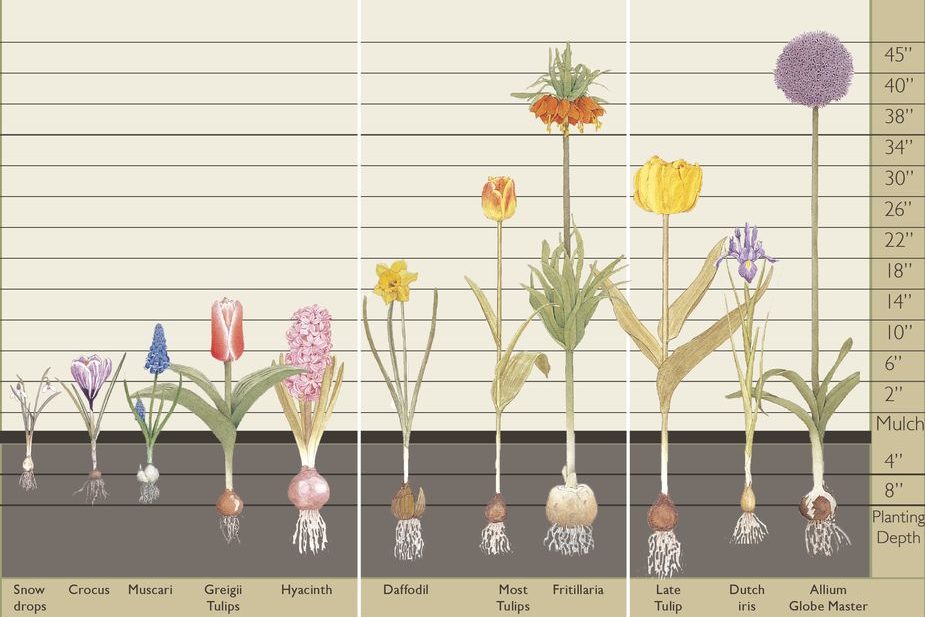
Guide Courtesy of Netherland Bulb Company
WHEN TO PLANT
Most spring-flowering bulbs should be planted six to eight weeks before the soil begins to freeze. In USDA zones 6-8, gardeners can often wait until November to plant bulbs. However, for the best selection, the time to purchase bulbs is well before you intend to plant them. To store bulbs until the ideal time to drop them in the ground, keep them in a cool, dark place. Warmth and moisture are the enemies of the dormant bulb, so don’t store them in plastic bags; paper bags or ventilated cardboard boxes work better. Unheated garages often work well for bulb storage. If you do store them in the garage, keep them away from windows as well since light can stimulate premature sprouting.
HOW TO PLANT
SOIL
Ideal soil for bulbs includes good drainage; therefore, picking the right spot for planting bulbs needs to be in an area that drains well. Pooled or standing water will lead to root rot.
DEPTH
The proper planting depth for spring-flowering bulbs is important for overall plant health as well as ensuring the bulbs will bloom. Different types of flowering bulbs need to be planted at different depths, but a good general rule of thumb is to plant the bulb at three times the height of the bulb.
CHOOSING VARIETIES
There are so many beautiful spring flowering bulbs – which one should you choose?!? Many of them have very similar requirements in terms of when they should be planted, how many hours of sunlight they require, and the amount of soil moisture they will tolerate. So, why choose just one when you can plant several?
When designing your spring flowering bulb beds, aim to plant early-, mid-, and late-season bloomers to extend the interest in your flowerbeds. Plant bulbs that produce shorter plants toward the front of your flowerbeds and plant the bulbs that produce taller plants toward the back of your flowerbeds. Bulb packages should provide information about bloom time, plant height, and the depth to plant the bulb. (Generally speaking, bulbs should be planted at 3 to 4x the height of the bulb.)
Below are a few of our favorite spring-flowering bulbs to get you inspired.
ALLIUM
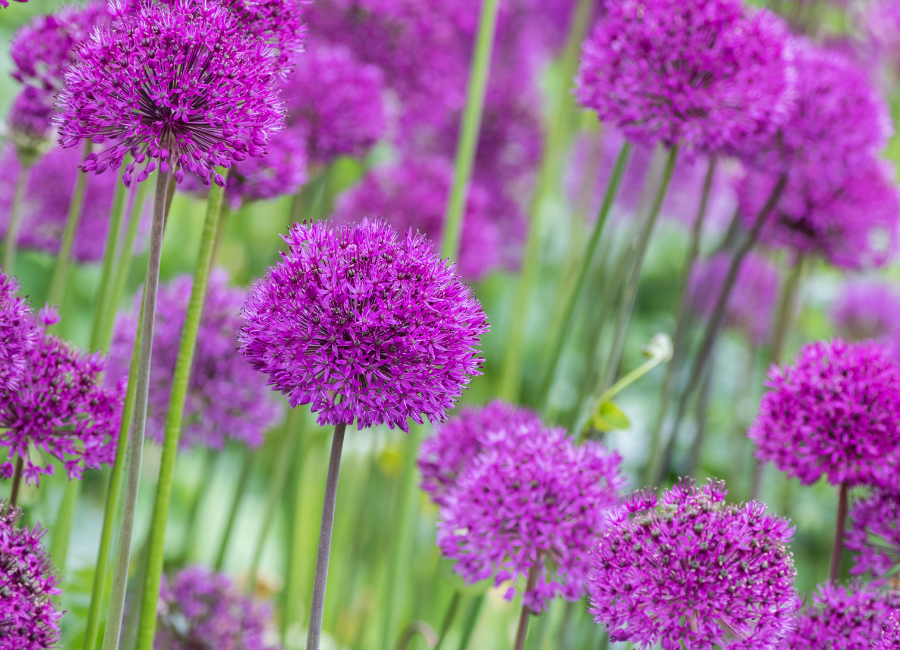
If you’ve ever seen what looks like a display of lollipops shooting up out of the garden, chances are you were feasting your eyes on alliums. Alliums come in a variety of colors, shapes, and sizes, and they will perfectly complement the other bulbs in your garden. As a bonus, their taste and smell (alliums are a part of the onion family) act as a deterrent to pests like rabbits and deer. (Typically, late-season bloomers)
CROCUS

Crocus is one of the first blooms to appear in early spring. Mason bees begin to emerge from their nesting spots around the same time crocus emerges, so these cute little flowers can pull double duty by also providing an early food source for the bees. They are low-growing plants (our best-selling varieties all grow to be around 4-6”), and as such, they are best suited for planting in clusters toward the front of flowerbeds or even in pots. (Early-season bloomers)
GALANTHUS (SNOWDROPS)
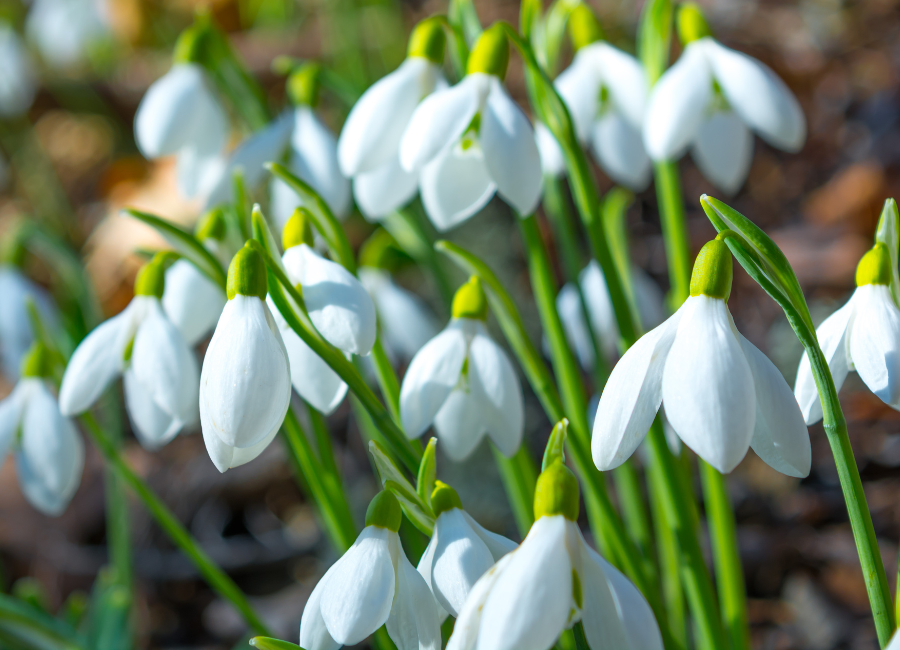
These charming bell-shaped blooms appear as downward-facing ‘drops’ in early spring. They benefit from afternoon shade in the summer even though they are resting dormant underground during the hotter months. Planting them near ferns, hostas, or coral bells will ensure that you don’t accidentally disturb them during their dormant season. Snowdrops are incredibly pest resistant. (Early-season bloomers)
HYACINTH
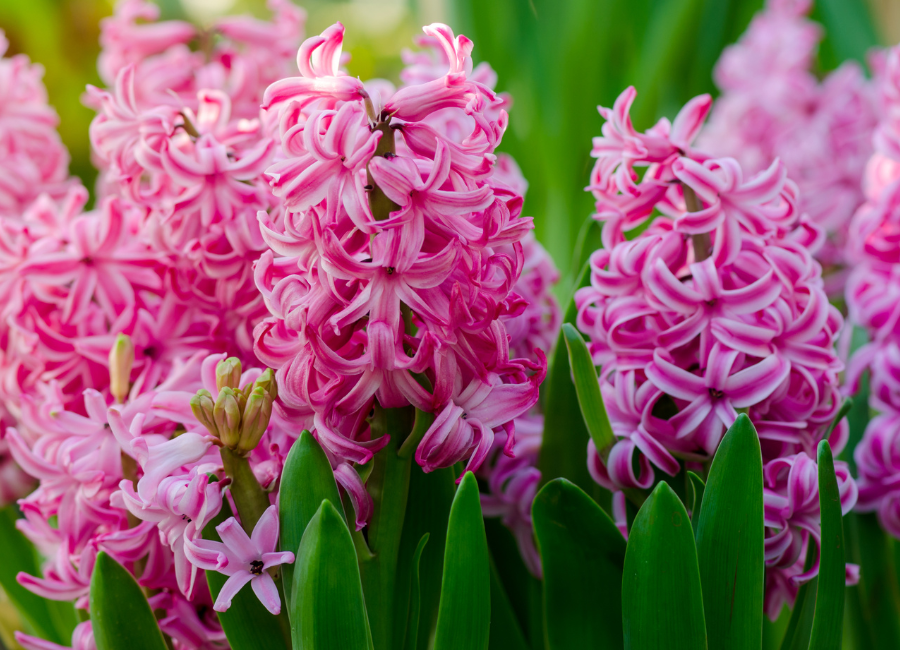
Hyacinths are some of the most fragrant flowers produced from spring bulbs. They are not nearly as critter resistant as some of the early-blooming flowers. In fact, rabbits and deer will often feed on the flowers and foliage so take that into consideration if you live in an area with larger wildlife populations. With the pest drawback weighed, it might still be worth adding some hyacinths to the garden for their intense fragrance and their reliability in coming back year after year. Hyacinths are also a fun and easy bulb to force in bulb vases to add to your Easter tablescape. (Typically, mid-season bloomers)
IRIS
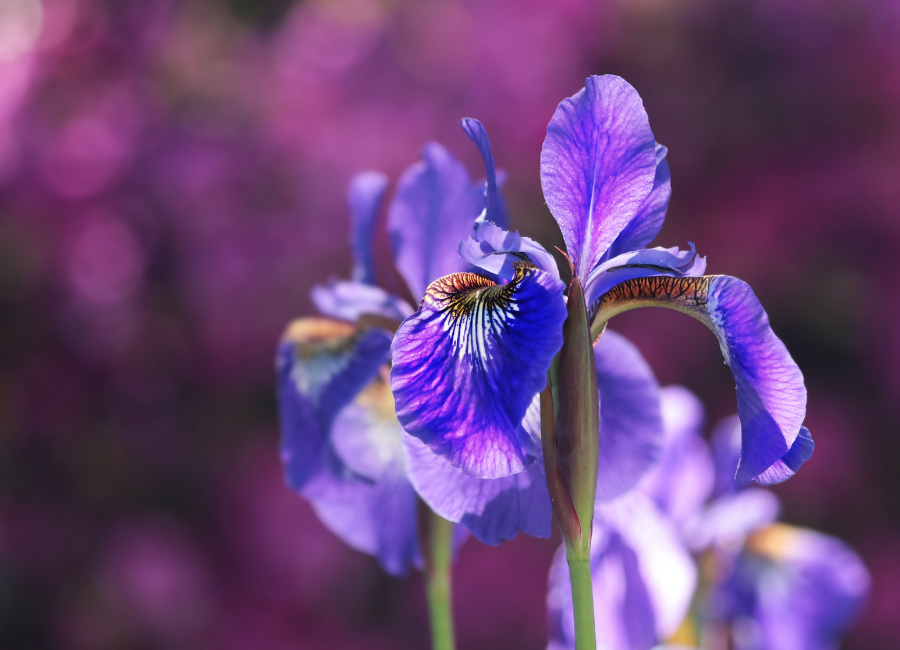
The iris genus derives its name from the Greek goddess of the rainbow, so it’s no surprise they come in a range of colors. The variety, categories, and subcategories within the genus is astounding as well. With so many different colors and types of irises available, you are certain to find a few to grow in your garden. For an exhaustive list of iris options, reference the American Iris Society’s list. For our purposes here, we include some of the most popular types for gardens in our area while considering varieties that reflect our typical seasonal inventory as well.
MUSCARI (GRAPE HYACINTH)
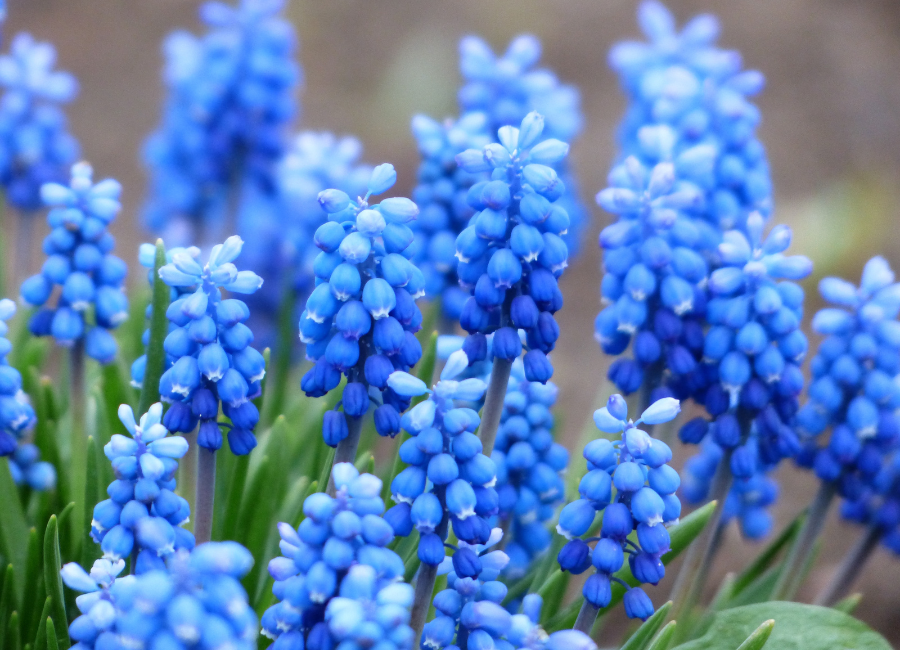
Muscari, or grape hyacinth, is another early-blooming, low-grower, and a nice companion for larger bulbs like tulips and daffodils. Grape hyacinths produce tight, little flower clusters that resemble a cluster of grapes, they are tough, and they are deer resistant as well. (Early-season bloomers)
NARCISSUS (DAFFODILS)
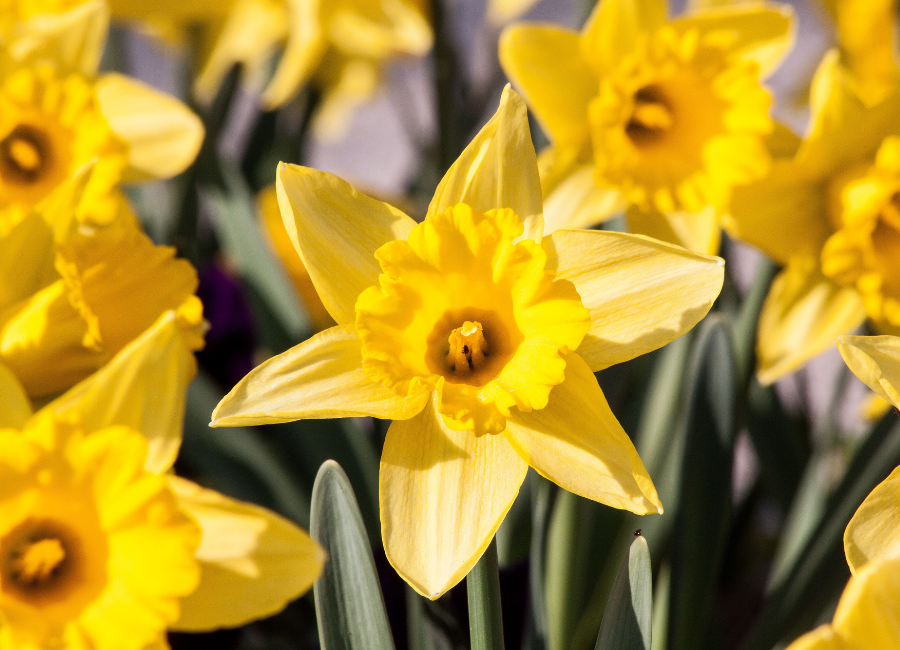
Daffodils have been in cultivation for many hundreds of years, and there are hundreds of species as well. The Royal Horticultural Society categorizes daffodils into 13 divisions based on flower shape and genetic heritage. Daffodils also come in a wide range of sizes and have bloom times ranging from early- to mid-spring. (Early-, Mid-, and Late-season blooming varieties)
TULIP
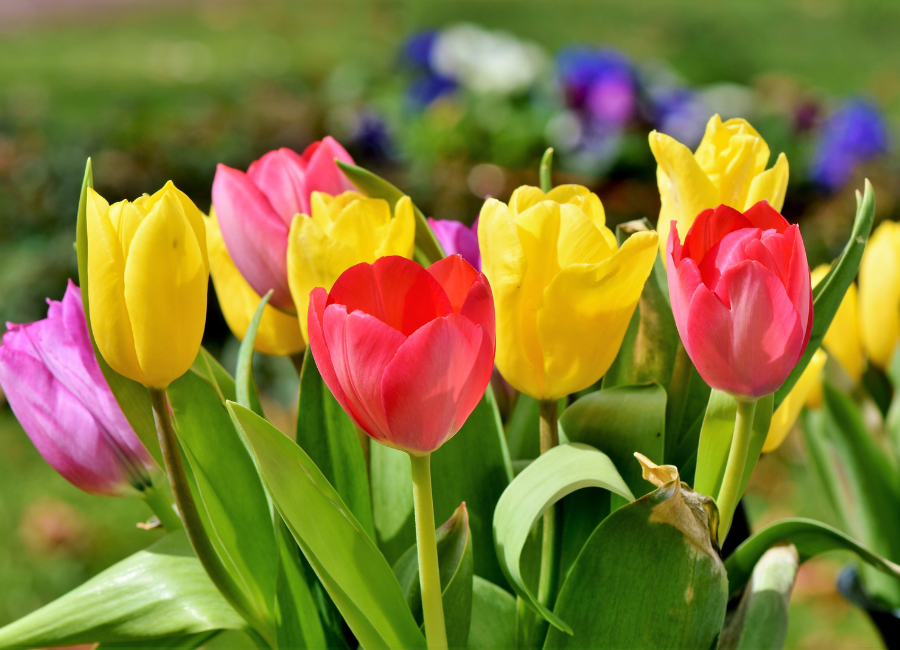
Tulips are one of the most popular spring flowering bulbs and are available in a wide range of colors, sizes, shapes, and bloom times; in fact, there are quite literally thousands of tulip varieties and over 15 official tulip classifications. Though tulips are perennial bulbs, many of the hybrid varieties don’t last beyond three to four seasons. Keeping a beautiful sea (or rainbow) of tulips year after year usually requires planting additional bulbs each fall. (Early-, Mid-, and Late-season blooming varieties)
BOTTOM LINE
Few things are as exciting, beautiful, and hopeful as flowers peeking up through the cold soil in early spring. For these reasons alone, your garden should include spring-flowering bulbs. The immense reward provided for the minimal effort required makes planting bulbs this fall a no-brainer as well.
Back to Home